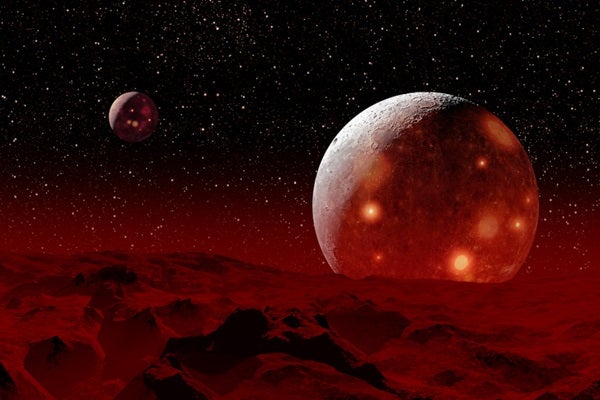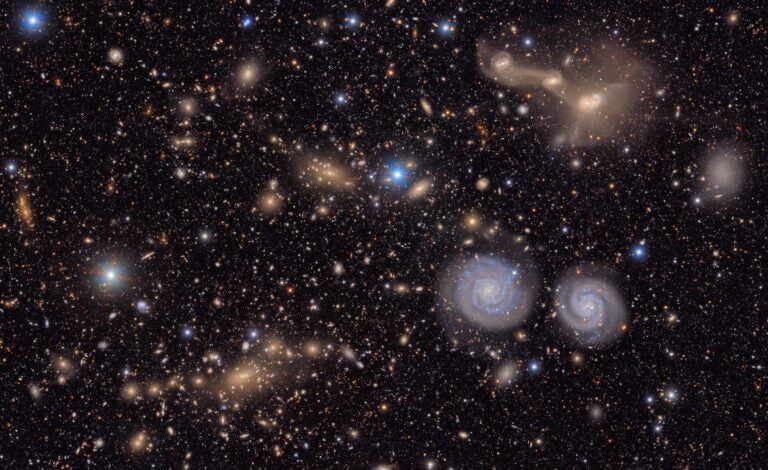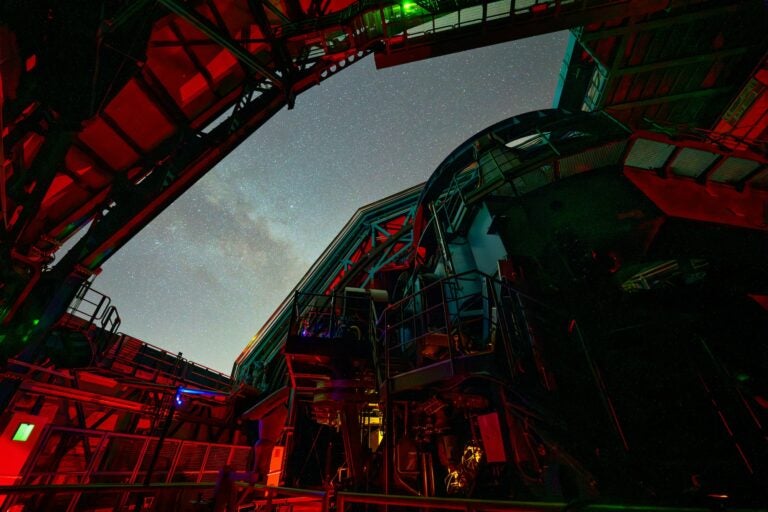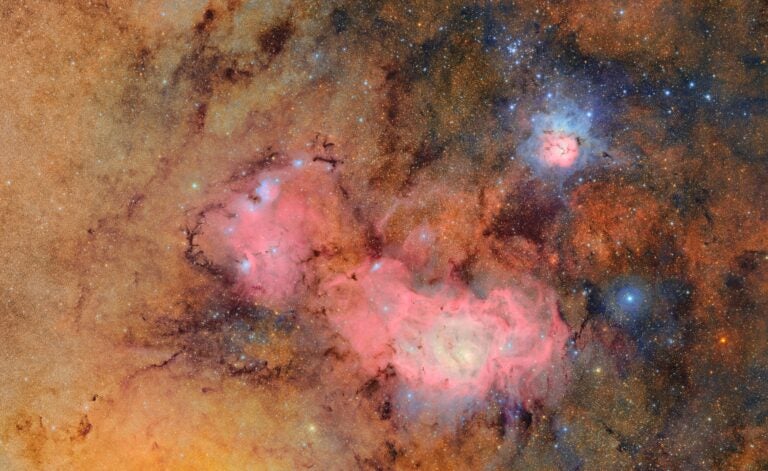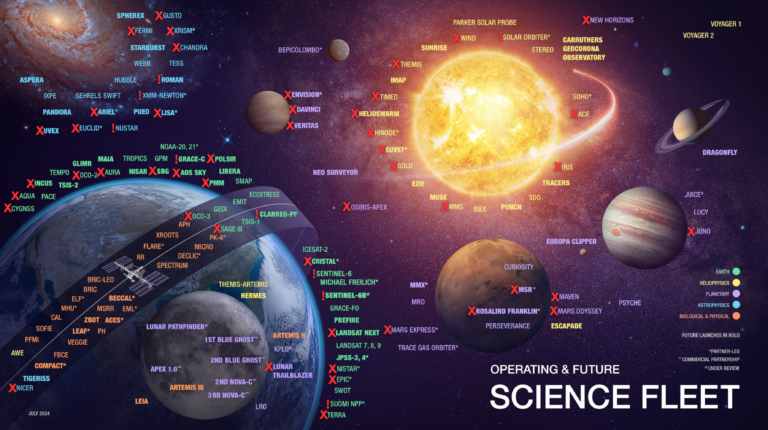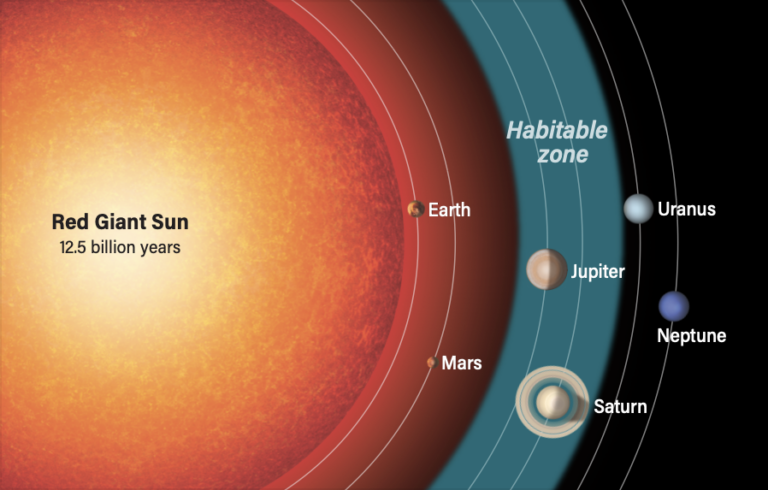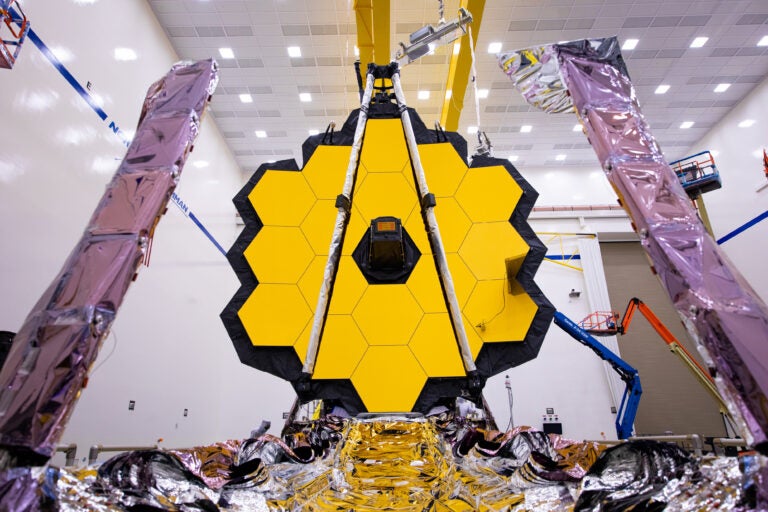Meteoric Diamonds
Specifically, the researchers investigated the Almahata Sitta ureilite, which fell to Earth in 2008 in the Nubian Desert in Sudan. They analyzed diamonds within the ureilite that were a few dozen to a few hundred microns large. (In comparison, the average human hair is about 100 microns wide.)
Now, using electron beams, Nabiei and his colleagues discovered crystalline particles made of iron and sulfur within diamonds in the Almahata Sitta ureilite. Called “inclusions”, these particles are only found in diamonds formed under sustained high pressures of more than 20 gigapascals. Their presence suggests these diamonds arose within the crushing pressures found in the interior of a planet.
“We didn’t expect to see these inclusions at all,” Nabiei says.
Long Gone Planet
The researchers suggested that ureilites originated within a protoplanet somewhere between the size of Mercury and Mars, dozens of which existed in the first 10 million or so years of the solar system. Such planetary embryos were the building blocks of the rocky planets now seen in the inner solar system. Ureilites may be the last remnants of these long gone celestial bodies, and the first known relics from lost protoplanets.
“It’s interesting to me what inclusions just tens of nanometers [billionths of a meter] large can tell us about protoplanets [that were] about 6,000 kilometers in diameter,” Nabiei says.
Future research can examine other ureilites for inclusions within diamonds and potentially reveal more about the lost world they came from, Nabiei says. He and his colleagues detailed their findings online April 17 in the journal Nature Communications.
This article originally appeared on Discovermagazine.com.
If you enjoyed this article, consider downloading our FREE guide to settling Mars, jointly produced by Astronomy and Discover magazines.

